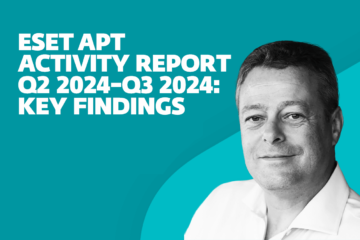Hey there, savvy readers! Have you ever stopped to think about the security of your digital wallets? Well, researchers have uncovered some eye-opening vulnerabilities that could leave you at risk of fraudulent payments.
Watch Out: Digital Wallets Might Not Be as Safe as You Think
A team of experts from the University of Massachusetts Amherst and Pennsylvania State University have been digging deep into the world of digital wallets, and what they found might surprise you.
With the rise of contactless payments, digital wallets have become a popular choice for many. But here’s the catch – these wallets may not be as secure as we thought. The researchers discovered flaws in the system that could potentially allow fraudsters to use stolen or canceled payment cards to make transactions.
The vulnerabilities lie in the authentication, authorization, and access control functions of digital wallet systems. By exploiting these weaknesses, an attacker could sneak in a stolen or canceled card and use it for their own gain.
Painting a vivid picture of how this could happen, the researchers explained,
First, the attacker adds the victim’s card to their own wallet by tricking the authentication process. Then, they take advantage of the trust between the wallet and the bank to bypass payment authorization. Finally, they manipulate the system to make unauthorized payments.
The researchers put their findings to the test by targeting major US banks like Bank of America and popular digital wallets such as Apple Pay and PayPal. The results were eye-opening, to say the least.
If you’re curious to dive deeper into the details, check out their research paper.
So, What’s the Solution?
According to the researchers, the key to shoring up digital wallet security lies in how they are designed.
First off, they suggest implementing multi-factor authentication for card integration, instead of relying on easily bypassed methods. They also recommend continuous authentication to update card verification tokens and keep a close eye on payment metadata to flag suspicious activity.
Before going public with their findings, the researchers responsibly shared their discoveries with the relevant parties. And it seems like some progress has already been made to patch up these vulnerabilities.
We’d love to hear your thoughts on this. Drop us a comment below!



